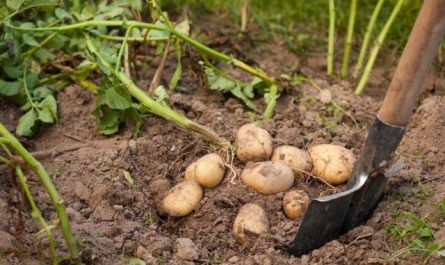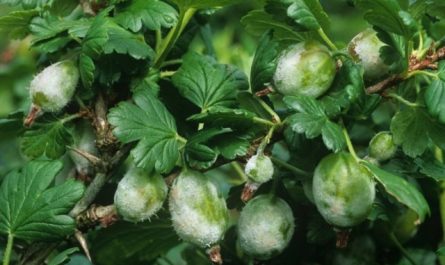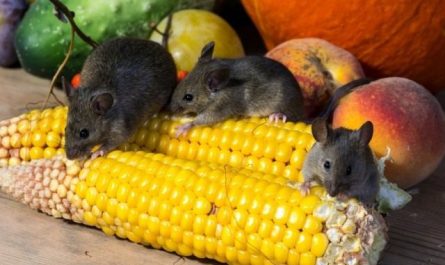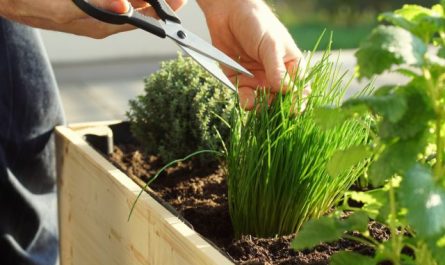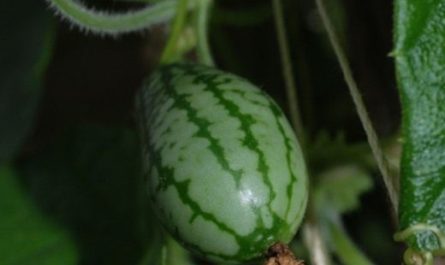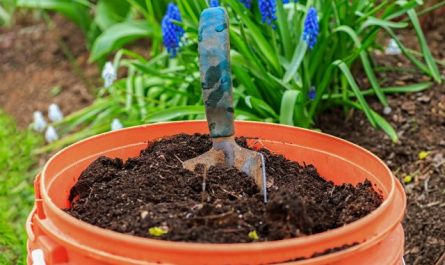Savoy cabbage is not a common sight in garden plots. But in terms of certain qualities, this cabbage surpasses many other varieties. Savoy cabbage has valuable nutritional qualities necessary for small children and the elderly. Savoy cabbage leaves are easily separated from the head. They have a very attractive corrugated appearance. They are good for making cabbage rolls, since the leaves do not tear even without boiling. Savoy cabbage is a dietary product that improves digestion and normalizes metabolism. The large amount of potassium contained in this crop stimulates the heart muscle and strengthens bone tissue.
It is unlikely that you will find its seedlings on the market. In order to get heads of Savoy cabbage in the first ten days of July, buy seeds of early varieties. They are sown in early March, and the seedlings are planted in open ground on May 1-10. But early cultivation requires certain conditions. Therefore, it is best to sow Savoy cabbage at the same time as white cabbage. If the seeds are sown in open ground in April under film, then after forty days the seedlings are planted in permanent beds.

© quinn.anya
The seeds are planted shallowly, this is very important for their rapid germination. In five days, the tops of the seedlings should appear, but this is if the daytime temperature is 12 degrees Celsius, and at night – two. Before planting, the Savoy cabbage seeds are soaked in Epin. And during the growth of the seedlings, “Fitosporin – M” is added to protect it from the disease “black leg”. Cabbage seedlings can be planted after any vegetable crops. But the planting site must be changed every year. Savoy cabbage is more susceptible to the disease – clubroot than its other relatives. The seedlings are planted in the ground together with white cabbage. Early varieties are planted thicker than late varieties. There should be a distance of 35 cm between the seedlings.
Savoy cabbage requires the same care as white cabbage. Before the leaves close, the cabbage is fed, hilled, and the soil around it is loosened. After that, one watering will be enough. Savoy cabbage needs nitrogen fertilizers during growth, and potassium-phosphorus fertilizers during the formation of heads. Unlike white cabbage, it requires 35% more potassium and nitrogen and 15% more phosphorus. Therefore, a good amount of humus is added to the planting hole, and organic fertilizers and superphosphate (10 g per 100 sq. m.) are added to the soil in the garden bed. To give the plant strength, it should be periodically watered with humate.

© pizzodisevo
If aphids appear on the cabbage, it is best to wash them off with streams of water, helping with your hand. Savoy cabbage is distinguished by its resistance to leaf-eating pests. In addition, it is frost-resistant. Late varieties are harvested after the white cabbage harvest has been collected. Ripe heads of cabbage can withstand temperatures of minus seven degrees.
Savoy cabbage heads are cut together with the leaves that cover them. They are also used as food. Early varieties are cut when the heads are sufficiently dense. They should be 15 to 20 centimeters in diameter. Savoy cabbage has a loose structure, but late varieties have a denser structure. The outer leaves are green, and the inner ones are pale yellow to white.

